Since the founding of the Will Eisner Comic Industry Awards (and their previous incarnation, the Kirby Awards), the following individuals have been inducted into the Hall of Fame.
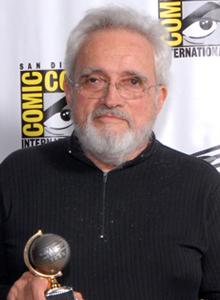
Russ Heath
1926–2018
Russ Heath joined Timely (Marvel) in 1946, where he drew westerns that stood out for their realistic artwork and details. He also drew science fiction stories for Avon, romance stories for Lev Gleason, and Plastic Man for Quality. In the 1950s at DC/National he drew such features as “Golden Gladiator” and “Robin Hood” in Brave and the Bold. But his mostly highly lauded work was for war titles, including Sea Devils, Our Army at War (“Sgt. Rock”), and G.I. Combat (“The Haunted Tank”).
Inducted 2004
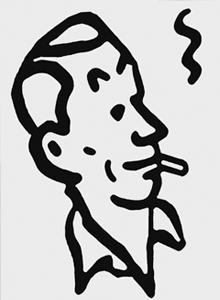
(Georges Remi) Hergé
1907–2007
Belgian cartoonist Georges Remi, known by his pen name Hergé,
created Tintin in 1929 as a comic strip for a weekly newspaper supplement. The adventure series became hugely popular in Europe, and since then 22 Tintin books have been published worldwide. Hergé’s clean style has influenced hundreds of other cartoonists.
Inducted 2003
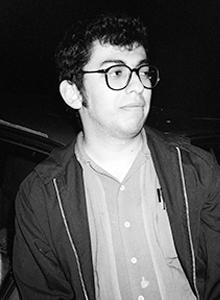
Jaime Hernandez
1959–
Jaime Hernandez, along with his brothers Gilbert and Mario, self-published the first issue of Love and Rockets in 1981. It was picked up by Fantagraphics Books in 1982 and ran 50 issues before the brothers took a break to pursue solo projects. Jaime’s L&R titles include Vida Loca: The Death of Speedy Ortiz, Whoa, Nellie!, Maggie and Hopey Color Fun, Penny Century, and The Love Bunglers. Love and Rockets was revived in 2000 and still continues today.
Inducted 2017
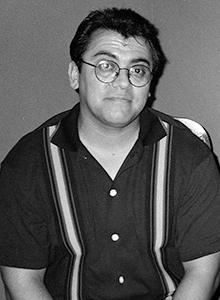
Gilbert Hernandez
1957–
Gilbert Hernandez, along with his brothers Jaime and Mario, self-published the first issue of Love and Rockets in 1981. It was picked up by Fantagraphics Books in 1982 and ran 50 issues before the brothers took a break to pursue solo projects. From 1983 to 1996, Gilbert produced the legendary Palomar saga, collected in such graphic novels as Heartbreak Soup and Human Diastrophism. Gilbert’s other works include Marble Season, Birdland, and Girl Crazy. Love and Rockets was revived in 2000 and still continues today.
Inducted 2017
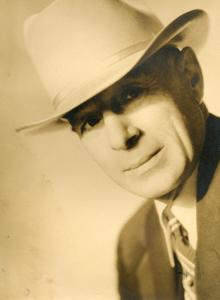
George Herriman
1880–1944
The bizarre triangle of Ignatz Mouse, Krazy Kat, and Offisa Pup sprang from the fertile mind of cartoonist George Herriman, whose imaginative use of the comics page and unique setting have captivated readers for nearly a century. Because of Herriman, a brick isn’t just a brick.
Inducted 2000
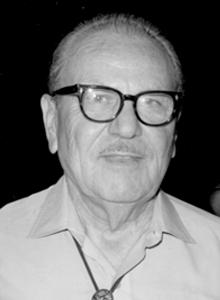
Burne Hogarth
1911–1996
Artist and educator Burne Hogarth is best known for his beautiful Tarzan Sunday newspaper pages from 1937 to 1950. In 1950 he abandoned his own comics production to devote all his time to teaching at the Cartoonists and Illustrators School (later the School of Visual Arts), which he had founded with Silas Rhodes back in 1947. Hogarth taught at this school until 1970 and also authored a series of books on drawing and anatomy.
Inducted 2010
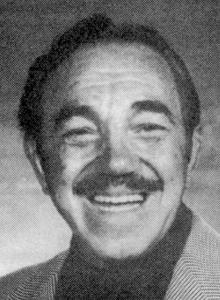
Jerry Iger
1903–1990
Jerry Iger was one of the first people involved in the comic book business, founding his own Phoenix Features Syndicate. His strips published in Famous Funnies are among the first ever produced especially for comic books. With Will Eisner, he formed the S. M. Iger Studios in 1937, which eventually became known as the Eisner-Iger Shop. Among their productions were Jumbo, Jungle, Planet, and Wings for Fiction House. When Eisner left in 1939, the studio continued as the Iger Shop, which produced titles for such companies as Fox, Quality, and Harvey up until 1955.
Inducted 2009
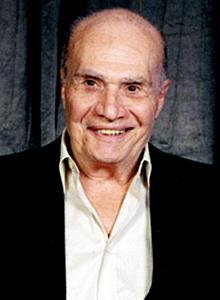
Carmine Infantino
1925–2013
Carmine Infantino‘s art established a distinctive look to DC’s science fiction comics in the late 1950s and early 1960s. His work on the relaunched Silver Age Flash is prized by collectors. In the mid-1960s he became DC’s art director and proceeded to use such artists as Joe Kubert, Joe Orlando, and Dick Giordano as editors. He moved on to become DC’s editorial director, publisher, and president; he left DC in 1975.
Inducted 2000
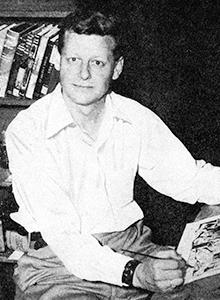
Graham Ingels
1915–1991
Graham Ingels is best known for his stories and covers for EC Comics’ horror line: The Haunt of Fear, Tales from the Crypt, and The Vault of Horror. Ingels was one of the first artists to come to work for EC after Bill Gaines took over the company in 1948. As “Ghastly” Graham Ingels, he became the company’s premiere horror artist.
Inducted 2009
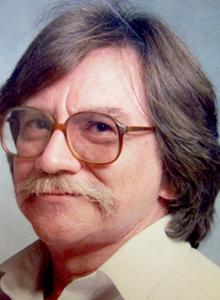
Jack Jackson
1941–2006
Jack Jackson, aka “Jaxon,” created, wrote, drew, and self-published what comics historians consider one of the first underground comix, God Nose. He was art director at Family Dog and a co-founder of Rip-Off Press. He contributed to such underground anthology titles as Skull, Slow Death, and Tales of the Leather Nun. Jaxon went on to pioneer historical graphic novels with the innovative Comanche Moon series for Last Gasp. He continued chronicling his home state’s history via El Alamo, Los Tejanos, and Lost Cause.
Inducted 2011
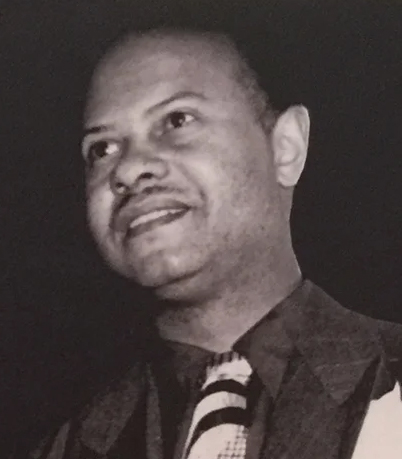
Jay Jackson
1905–1954
Jay Paul Jackson was an African American artist who spent many years working for the Chicago Defender, in addition to providing illustrations for science fiction magazines such as Amazing Stories and Fantastic Adventures. Jackson introduced the world to the first black superhero on January 6, 1945 in the “the oldest, longest continuously running black comic strip,” Bungleton Green, in the Chicago Defender. Bungleton Green, the name of the character as well as the strip, became the literal embodiment of the black ideal, a man who in all ways was equal, even superior, to the whites whose relentless oppression Jackson constantly fought.
Inducted 2023
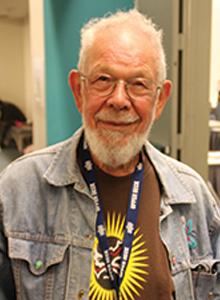
Al Jaffee
1921–2023
Al Jaffee is best known as the creator of MAD magazine’s fold-ins, which he has been doing since 1964, and for “Snappy Answers to Stupid Questions,” a feature that has been collected into over a dozen books. Al is MAD’s longest-running contributor, having been there since 1955. Earlier in his career, Al worked for Stan Lee at Timely, where he was in charge of all humor and teen titles as associate editor. He also worked with Harvey Kurtzman on the short-lived Trump and Humbug humor magazines.
Inducted 2013
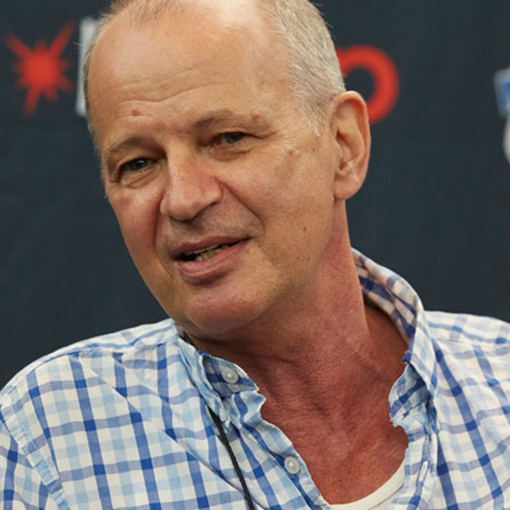
Klaus Janson
1952–
Penciler, inker, colorist, and educator Klaus Janson is known for work for Marvel and DC on such comics as Daredevil, Dark Knight Returns, and Defenders. Janson made his professional debut for Marvel in 1973, inking Rich Buckler’s pencils for the “The Black Panther” in Jungle Action. He inked such diverse Marvel titles as Defenders, Deathlok, Battlestar Galactica, and Howard the Duck, although his main series was Daredevil. He inked for Gene Colan, Gil Kane, Carmine Infantino, and Frank Miller. Later, Janson focused on penciling and inking, rather than inking alone. With Miller, Janson worked on the The Dark Knight Returns miniseries. He also worked on The Punisher and Spawn. He received an Inkpot Award in 2012.
Inducted 2024
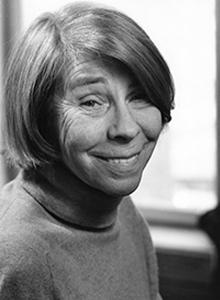
Tove Jansson
1914–2001
Tove Jansson began her work as a political cartoonist and illustrator in the Garm magazine in the 1930s; through these strips, Moomin was born. Her first book was published in 1945, featuring her loveable hippopotamus-like characters, The Moomins and the Great Flood. She went on to write several more Moomin books as well as her equally popular children’s books. She produced her magnum opus that consisted of 21 long Moomin stories that were broken up as four panel strips from 1954 to1959. Jansson’s work has been translated into 33 languages and they are the most widely translated works of Finnish literature. Not only does she have an amusement park based on her Moomin world but the Finnish put her likeness on a coin.
Inducted 2016

Jeffrey Catherine Jones
1944–2011
Jeff Jones began creating comics in 1964. While attending Georgia State College, Jones met fellow student Mary Louise Alexander, whom he married in 1966. After graduation, the couple moved to New York City but split up in the early 1970s (writer/editor Louise Jones Simonson was inducted into the Eisner Hall of Fame in 2020). In New York Jones found work drawing for King Comics, Gold Key, Creepy, Eerie, and Vampirella, as well as Wally Wood’s Witzend. In the early 1970s when National Lampoon began publication, Jones had a strip in it called Idyl. From 1975 to 1979 Jones shared workspace with Bernie Wrightson, Barry Windsor-Smith, and Michael Wm Kaluta, collectively named The Studio. By the early 1980s Jones had a recurring strip in Heavy Metal titled I’m Age. In the late 1990s, Jones started taking female hormones and had sex reassignment surgery. She passed away in May of 2011.
Inducted 2023
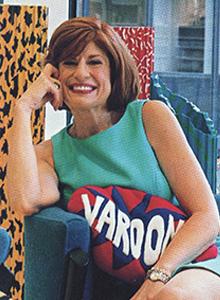
Jenette Kahn
1947–
Jenette Kahn rebranded National Periodical Publications as DC Comics, reviving the floundering company as a proving ground for both experimental titles and reboots of iconic characters. She started as publisher at DC in 1976, at only 28 years old, after having founded the wildly successful kids magazine Dynamite for Scholastic. Kahn became president of DC in 1981 and editor-in-chief in 1989. She pushed the boundaries of mainstream comics, publishing work such as Watchmen and The Dark Knight Returns, and launched the edgier Vertigo line in 1993. She grew the company from 35 employees to 200 (half of them women) and instituted more creator-friendly policies. In 2000 the Library of Congress honored Kahn as a Living Legend for her contributions to America’s cultural heritage. In 2002 she left DC to create her own film production company, Double Nickel, which produced Clint Eastwood’s Gran Torino in 2008.
Inducted 2019